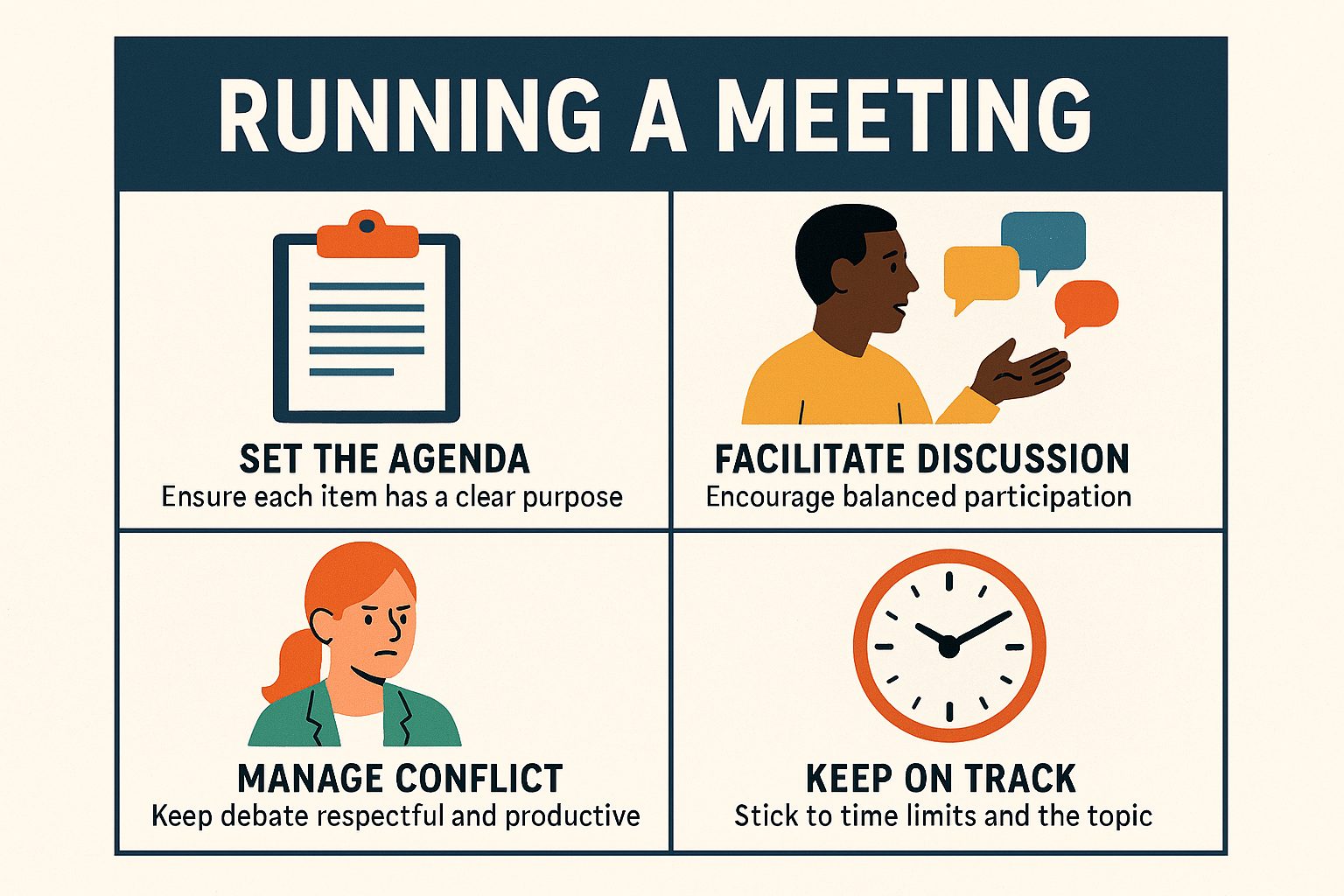Summary: Boards and executive directors must work to mitigate harmful conflict in their relationship and nurture tools to overcome challenges.
One of the most critical relationships within any organization is the one between the board and its senior staff member, the executive director (ED) or CEO. This relationship is often a key determinant of the organization’s success, as both entities must collaborate effectively in the best interests of the organization. But what should be done if there is a conflict between the board and their senior staff member?
There are a few essential points to acknowledge first:
- Conflict is not inherently a bad thing.
- Boards are made up of individuals who may feel differently about issues.
- The ED knows significantly more and dedicates far more time than the entire board combined.
- The board is the ED’s boss.
- The board has fiduciary responsibilities and may be liable for decisions.
- Conflict can be a very bad thing.
Conflict can be defined in various ways, but my preferred brief definition states that conflict occurs whenever someone impedes the interests of another. Conflict can be interpersonal (between people), intragroup (within a group), or intergroup (between groups). This includes minor disagreements to violent altercations and everything in between and is often split into task conflict and interpersonal conflict. Task conflict, which focuses on tasks, ideas, or issues, is generally considered beneficial and is the kind of conflict we want to encourage within relationships. For instance, if a board member proposes an idea and the ED constructively and rightly points out flaws, this can lead to an improved outcome than adopting everything without a critical eye. Good things happen from task conflict.
While the board speaks with one voice and makes decisions collectively, it is composed of individuals who may disagree and have nuanced perspectives on issues. Conflict between an ED and the board can involve the entire board or individual board members, each posing particular challenges.
The executive director is likely the most knowledgeable person about the organization and its activities, often far more knowledgeable than any board member. The ED will work 40-50 hours per week, while the entire board may collectively put in not much more than that per month. This doesn’t mean the ED is always right in a conflict with the board, but there needs to be an acknowledgment of a significant knowledge and information gap.
However, the board is also the ED’s boss and must fulfill that role. This can naturally lead to tension and conflict, as is common in all employee/employer relationships. The board/ED relationship is unique because the board is usually present only sporadically and often outside of regular working hours. Combined with the knowledge gap, this can pose particular challenges for a board in effectively leading their staff member. The ED needs to recognize the importance of their accountability to the board.
The board is also legally responsible for the organization to some extent. Directors of incorporated entities have fiduciary duties, chief among them the responsibility to effectively oversee the organization’s work and their staff member. Providing oversight and determining success can easily lead to disagreements, but this will also generally lead to better decisions and outcomes.
However, bad conflict happens, and it can be very harmful to organizations. When task conflict escalates into interpersonal conflict, the focus shifts from the issue to the person or group involved. Interpersonal conflict manifests as distrust, insults, anger, and even violence, which is obviously detrimental and must be prevented, especially between a board and ED.
To nurture task conflict and prevent interpersonal conflict between the board and ED, consider the following tools:
- Ensure clear roles and responsibilities for the ED and the board, including job descriptions for everyone.
- Establish strong policies that set parameters around decision-making and spending.
- Set the right culture and tone in how the board and ED work with each other.
- Facilitate transparent dialogue and opportunities for open, frank, and respectful discussions.
- Provide regular and ongoing feedback, including performance reviews and self-reflection from both sides.
- Develop a shared vision and collective buy-in for strategic goals and organizational values.
Even with these mitigators in place, conflict may still arise, and disagreements can be challenging to overcome. However, every conflict can be resolved, although not necessarily to the satisfaction of all parties involved. Clear roles and boundaries often overlap between the board’s work and that of the ED. For example, budgetary disagreements or decisions regarding dissolving a program can lead to conflicts. The board may ultimately have to make the decision, but the ED likely has strong thoughts and recommendations that need to be strongly considered. Occasionally, the priorities of the ED and the board do not align, particularly in matters involving risk or spending. Boards are often more risk-averse than EDs, which can be beneficial to protecting the organization, but can also lead to issues and lost opportunities.
In cases of seemingly irreconcilable differences or interpersonal conflicts, consider the following tools to help resolve the problem:
- Establish ground rules for approaching the conflict.
- Ensure everyone has the opportunity to share their thoughts and rationales for disagreeing. The chair can summarize these points to ensure clarity and understanding.
- Seek out common goals and outcomes in each other’s arguments, focusing on the shared vision everyone is trying to achieve.
- Limit the size of the parties involved in the conflict, ideally having a committee engage in discussions rather than the entire board.
- Engage a third-party facilitator or mediator to bridge the conflict. The board and ED can agree ahead of time on the mediator’s authority, such as the ability to decide an outcome. Having an unbiased party with mediation or facilitation experience can be immensely helpful and often essential in resolving conflicts.
- The board generally has the final say and can overrule the ED, but pulling this trump card may worsen an already strained relationship and disempower the organization’s leader. Any method for resolving or mitigating conflict must be considered alongside potential outcomes, and even the right decision may cause negative repercussions.
Managing board-ED conflict can be challenging, but it is crucial that inevitable conflicts do not escalate and are addressed promptly. Ignoring these issues can lead to significant disruptions in the organization’s operations and overall health. But by ensuring proper mitigators are in place, and the right tools to address conflict, the board not only helps prevent conflicts but also strengthens the overall effectiveness and harmony of the board-ED relationship. Being proactive fosters a collaborative environment, promotes open communication, and builds trust, ultimately contributing to the long-term success and stability of the organization.


